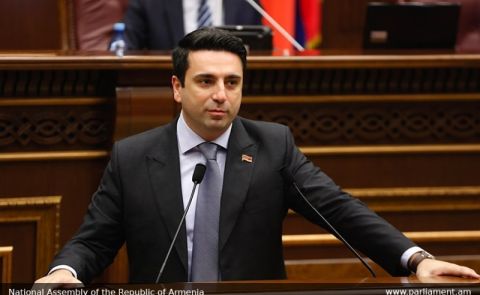
South Caucasus countries in EBRD report on economic prospects

On 28 June, the European Bank for Reconstruction and Development (EBRD) released its latest report on the economic prospects in the regions where the bank is active.
According to the report, the region of Eastern Europe and the Caucasus had a gradual rebound of economic activity in the second quarter of 2021, which was coinciding with the drop in the Covid-19 infection rates. Following a sharp drop in economic growth in 2020, recovery is accelerating in most countries across Eastern Europe and the Caucasus as lockdowns are gradually lifted and global demand is increasing. Higher commodity prices additionally support recovery in countries that depend on commodity exports. GDP in the region is expected to rebound by 2.8% in 2021, rising further to 3%in 2022.
Speaking on the Armenian economy, the report emphasised that it had embarked on a broad based recovery. The economy contracted by 7.4% in 2020 as household consumption, investments and exports plummeted. A strong import contraction outweighed the steep decline in export revenues, while macroeconomic stability was supported by maintained access to external financing, including under the augmented IMF programme. A ten-year Eurobond in the amount of US$ 750 million, issued in January 2021, helped to refinance the existing Eurobond, and boosted international reserves to an all-time high of US$ 3.2 billion in February. Inflation picked up to 5.9% year-on-year in May 2021 on the back of higher international food prices and dram depreciation, following seven years of below-target inflation. This prompted the central bank to increase the refinancing rate three consecutive times from 4.25% in September 2020 to 6% in May 2021, the first rate rises since early 2015. High frequency indicators of economic activity point to strong growth in April 2021, offsetting negative or slow growth in the first three months of the year and reaching 2.6% year-on-year growth overall for the period January to April. Growth is broad-based as almost all sectors posted positive developments, in particular the construction sector. The Armenian economy is projected to grow by 4.0% in 2021 and by 5.0% in 2022. Economic recovery depends on the speed of vaccinations, political stability, and prompt continuation of structural reforms after the elections.
Regarding Azerbaijan’s economy, the report stated that it is in a gradual recovery that is being driven by sectors other than oil and gas. After being hit by a triple shock—the Covid-19 pandemic, a slump in oil prices and the flare up of the conflict over Nagorno-Karabakh—Azerbaijan’s GDP declined by 4.3% in 2020. A strong contraction in the oil and gas sector of 7.2% was balanced by a softer decline in the rest of the economy, which was helped by the government’s extensive support package. Lower oil revenues on the back of the price slump and the production decline under the OPEC+ deal turned external and fiscal surpluses to deficits. However, Azerbaijan’s public debt remained low despite the ensuing gaps as funding needs were met domestically by drawing upon the large assets of the State Oil Fund of Azerbaijan (SOFAZ). Nonhydrocarbon sectors started to recover in 2021, posting 4.5% year-on-year growth in the first five months. However, the overall GDP growth, estimated at 0.8% year-on-year in the same period, continues to be weighed down by lower oil and gas production. Rising demand for and price of oil, supported by an expected gradual increase of oil quotas in the coming months, would strengthen the overall economic performance in the second half of 2021. The economy is forecasted to grow by 2.0% in 2021 and 2.5% in 2022. Risks are related to structural weaknesses of the economy, the speed of vaccinations and possible volatility in commodity prices.
The Georgian economy was also demonstrating signs of a strong recovery according to the report. As one of the most tourism dependent countries in the EBRD regions, Georgia’s economy was strongly hit in 2021 by border closures and health measures around the world. Tourism revenues were slashed by 83% in 2020, leading to a 38% decline in the exports of goods and services. Investment contracted on the back of uncertainty and adverse conditions in the economy. However, household consumption demonstrated resilience despite the two lockdowns and grew by 5.4%. Overall GDP contracted by 6.2% in 2020. Sustained access to external financing enabled the authorities to cover the rising fiscal and external gaps while at the same time maintaining international reserves at record levels of US$ 4.2 billion in May 2021. Remittances grew by approximately 30% in the first quarter of 2021 and goods exports expanded by 20% in current US$ terms in the first four months (both in year-on-year terms), driven in large by rising demand from the near region and China. Tourism has been slow to return so far, however. Inflation reached 7.7% year-on-year in May 2021 because of the pass-through effect of last year’s depreciation, prompting the National Bank of Georgia to raise the refinancing rate two consecutive times, from 8% in February 2021 to 9.5% in May 2021. GDP is expected to grow by 4.5% in 2021, and by 5.5% in 2022. A revival of the hospitality sector remains the main driver of overall economic recovery, while major risks stem from the slow rate of vaccination.
See Also

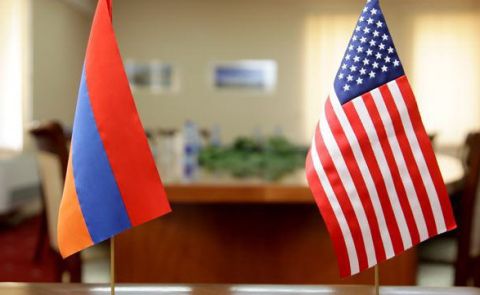
Mirzoyan Meets US Deputy Assistant Secretary Joshua Huck
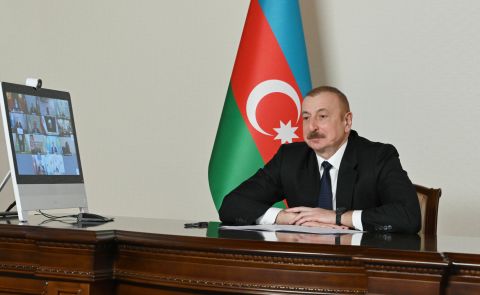
Azerbaijani President Holds Talks with UAE and German Business Delegations on Economic Cooperation
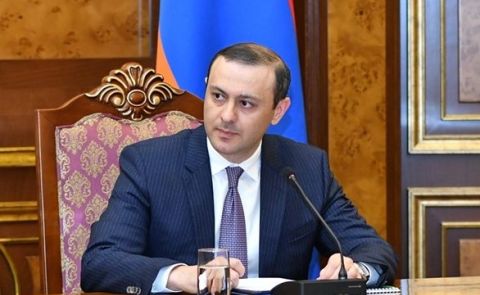
Grigoryan Confirms Armenia’s Readiness to Dissolve OSCE Minsk Group Upon Peace Treaty Signing
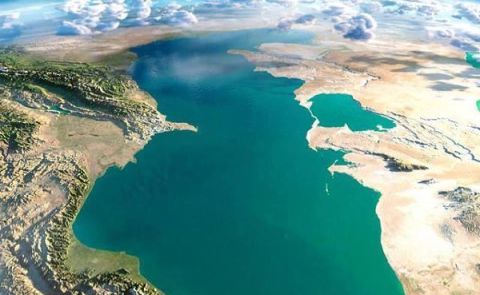
Azerbaijani Official Warns of Ecological Risks to Caspian Sea, Similar to Lake Urmia and Aral Sea

